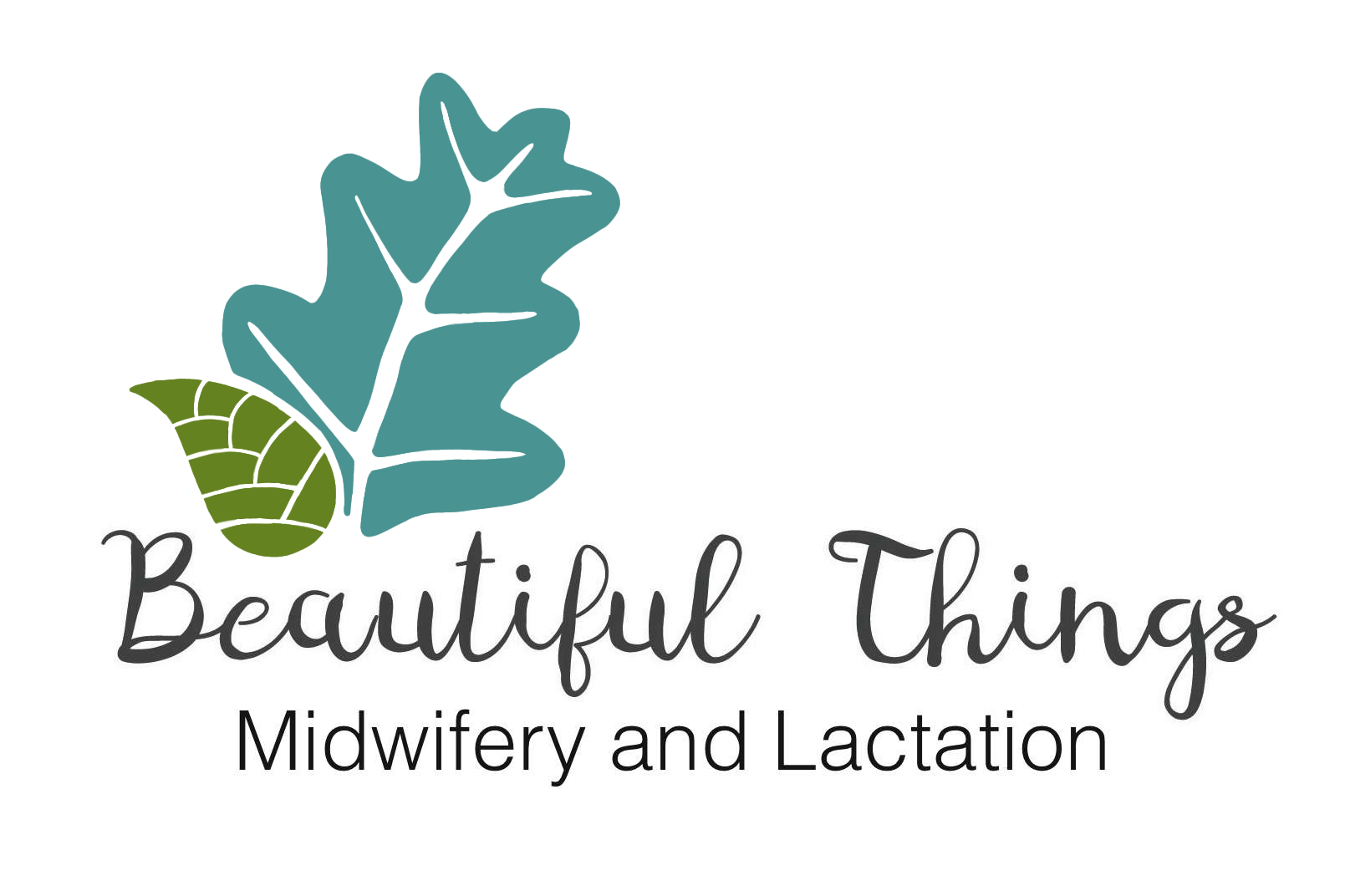
It’s late October here in East Central Illinois, and when the leaves turn golden and fall off the decidua trees I think about how as women we go through this new growth and shedding much more frequently- every 28 days or so.
We build a part, like a tree blossoms out a leaf, and then we shed it when it’s no longer useful under the season’s requirements like a tree sheds leaves when the sun diminishes with the tilt of the earth.
But why does the uterine decidua grow so rapidly and shed so frequently?
The why might allude us, but we can figure out the how, and impact the quality of the little leaf that so frequently blooms.
The specialized tissue of the uterine decidua is a perfectly crafted specialty tissue that operates like no other tissue in the body. It perfectly controls immune and nutrient responses to protect and nourish the most vulnerable tissue—the rapidly developing human fetus.
This specialized decidual tissue must grow a series of perfectly placed blood vessels that spiral just deep enough but not too deep into the uterus so that one day they can rapidly let go from their source at the moment of the 3rd stage of labor (placental birth), as leaves fall from an Oak free in October.
Or it must shed every month when we bleed.
The molecular mechanisms that cause these spiral vessels of pregnancy to perfectly craft themselves to steal, filter blood, and suck nutrients from the woman, without taking too much from the woman and putting her into a metabolic crisis, are themselves reliant on the supply of certain maternal nutrients and hormonal signaling before conception ever occurs.
The building blocks of the signaling molecules and the vessels themselves are specialized fatty acids. Dietary fatty acids impact the behavior of these molecules and their building structures.
We can see in mouse and other animal models that the ratio of Omega 3 and Omega 6 fatty acids can determine the depth and function of the spiral arteries that compose the placental attachment to the uterus.
In epidemiological studies, the human maternal status of Omega 3 and Omega 6 fatty acids is highly associated with aberrant spiral artery formation and subsequent complications to pregnancy such as preeclampsia.
What does this mean? Anything with seed oils is likely to grossly impact the Omega 3/ Omega 6 ratio and cause issues with the continuous overturning and regeneration of this specialty tissue.
Saturated fatty acids, monounsaturated fatty acids, and Omega 3 from fish and pasture-raised animal food will provide the building blocks needed for this process. Ultra-processed foods and ingredients like soybean oil from chips, fries, and other foods, will drastically impact the Omega 3/ Omega 6 ratio and disrupt the molecular events crafting the ideal uterine decidua.
The great news is that this process happens every month. That means with only a few months of dietary change preconception, the decidua has an opportunity to grow well and establish the specialized tissue needed for a healthy pregnancy, or if not, a healthy shedding cycle.
If you’d like to learn more about Omegas and pregnancy, what the research has to say, and how to optimize your health for fertility contact me for a preconception nutrition consultation.

Leave a Reply